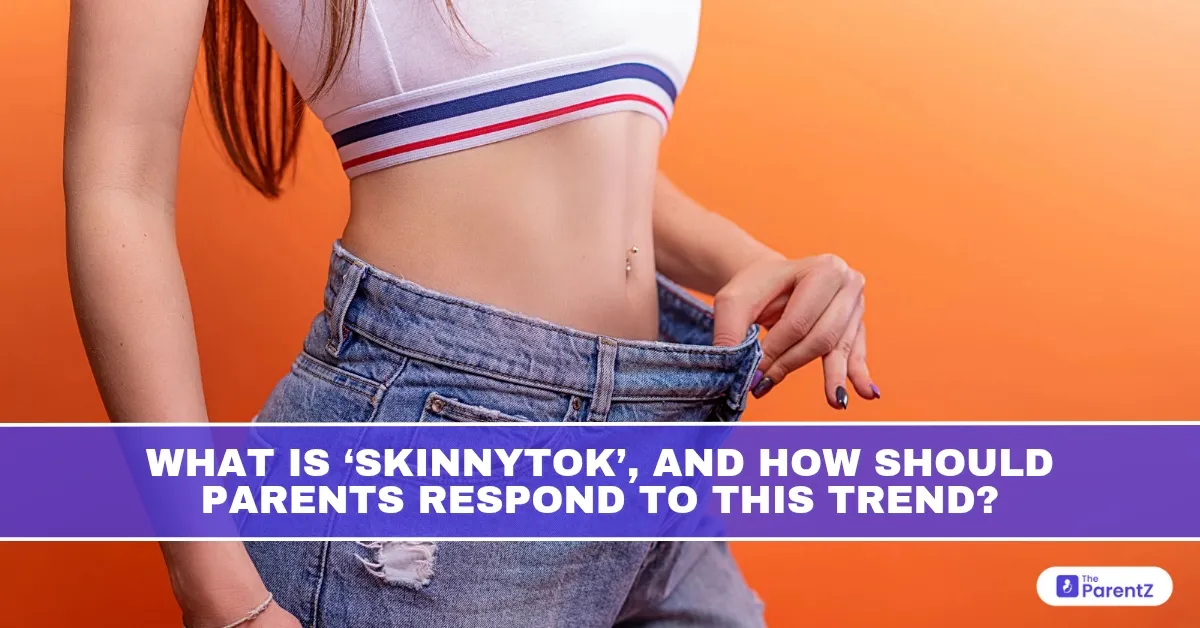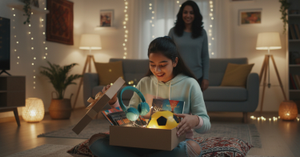If you're a parent scrolling through your teen’s TikTok feed and stumble across terms like “#SkinnyTok” or “#Thinspo,” it’s time to pause. These seemingly innocent hashtags hide a far more troubling reality. ‘SkinnyTok’ is a part of TikTok that glorifies extreme thinness, often wrapped in soft aesthetics, “what I eat in a day” videos, and toxic beauty comparisons. And it’s racking up millions of views.
As a parent, this corner of the internet might be invisible to you—but not to your teen. Read this article to find out what SkinnyTok is, and why it’s concerning.
What Is ‘SkinnyTok’?
‘SkinnyTok’ is a subculture on TikTok where users post content that promotes or idealizes extreme thinness. It often includes:
- Diet restriction videos disguised as “healthy meal ideas”
- Body transformation clips with before/after shots
- Triggering content labeled “fitspiration” or “thinspiration”
- Comparisons that subtly shame normal or diverse body types
While not all of it explicitly encourages disordered eating, the underlying message is often the same: thinner means better, and there’s always more to lose.
Why Is SkinnyTok So Dangerous?
What makes SkinnyTok especially harmful is how stealthy and seductive it can be. The videos don’t always look alarming. They come wrapped in pastel filters, soft background music, and seemingly “wellness-oriented” language. But underneath the surface, they can promote:
- Unrealistic body standards
- Body dysmorphia
- Eating disorders or restrictive habits
- Shame around food and normal body changes during puberty
And teens are particularly vulnerable. According to a study, nearly 30 million Americans will struggle with an eating disorder in their lifetime, many starting as early as age 12–14.
5 Effective Tips On How Parents Should Respond
Here is how parents can deal with the SkinnyTok trend.
Don’t panic—but do pay attention
Open with curiosity, not criticism. Ask your child what kind of content they enjoy on TikTok. Gently steer the conversation toward body image. The goal isn’t to shame them into silence but to create a safe space where they can talk freely.
Teach them about algorithms
Let them know that TikTok’s algorithm is engineered to show more of what they watch. Watching one extreme diet video doesn’t make them unhealthy—but the app might think it means they want more. Knowledge is power. Teens are more tech-savvy than we think, and they often appreciate transparency.
Talk about body diversity early and often
Make body neutrality or body respect a normal part of your household conversation. Talk about how puberty affects weight and shape, and how bodies come in all sizes—including healthy, strong ones that don’t look like influencers.
Encourage breaks and better digital hygiene
Help them curate their feed—unfollow toxic creators, block harmful hashtags, and follow diverse voices promoting health at every size. Even setting limits on screen time or encouraging real-world activities can help reset their mental space.
Watch for red flags
If your child is showing any of the following signs, it might be time to consult a pediatrician or therapist:
- Skipping meals or becoming overly food-conscious
- Weighing themselves frequently
- Becoming withdrawn or anxious about their appearance
- Obsessively comparing themselves to others online
Conclusion
You can’t completely shield your teen from SkinnyTok or every toxic message online—but you can be their anchor in reality. You can remind them that beauty doesn’t mean bones, and that they are more than a number on a screen.








Be the first one to comment on this story.